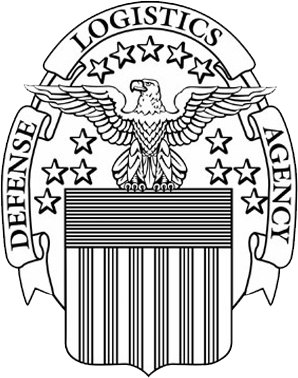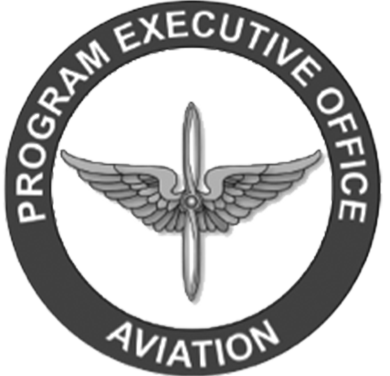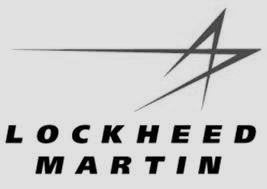
Are you a Purchaser or Procurement Agent for an aerospace manufacturing company? Are you often asked to expedite orders for electrical wiring harnesses? If you are, please read on. With over 20 years in the aircraft industry, InterConnect Wiring is no longer surprised how many times our customers ask us to expedite their orders. This normally occurs right after placing the initial order with us. It happens so often that InterConnect has developed a speed-line process to handle these orders. The purpose of this blog is to help procurement personnel understand why they are often asked to stamp their wiring harness purchase orders with the metaphoric “EXPEDITE” stamp.
Reason Number 1: The Aircraft Design Process
Electrically, an aircraft is designed on a system level basis. The typical process is: (a) the major components in a system are selected, (b) power sources are identified, (c) types of electrical signals are selected, (d) electrical current is then known, (e) wire types are selected, and (f) wiring harnesses are designed. (For more information on the design process download InterConnect’s eBook.) Unfortunately, the very last step is designing the wiring harnesses. Many companies wait until the end to do this step, which causes them to be “less than lead time away.”
Reason Number 2: Customer Service Bulletins and Aircraft Modifications
Similar to automobiles, companies that design and manufacture aircraft are called OEMs which stands for Original Equipment Manufacturers. OEMs will occasionally find flaws in the design and identify improvements for an aircraft. When these types of items are identified, the OEM sends out a notice recommending the incorporation of an improvement to the aircraft. When these improvements affect Flight Safety of the aircraft, the aircraft modification kits are a high priority and therefore the kits (which most times include wiring or wiring harnesses) are needed as soon as possible. Procurement agents are then tasked to expedite orders to their suppliers for safety flight modifications.
Reason Number 3: Aircraft Kit Proofing Process
After designing an aircraft modification program, kit proofing is done on the first aircraft. Kit proofing is installing the new components (including wiring and wiring harnesses) to see: (a) if the new items fit in the aircraft correctly, (b) the modification steps are installed correct, and (c) that the installation order is correct. During the kit proofing process, changes and updates are identified. In most cases, the kits following the kit proofing have not been ordered. Once the kit proofing is approved, the follow-on aircraft kits are ordered. In critical cases, Flight Safety related aircraft kits are expedited.
Reason Number 4: Lack of 3D CAD Models for Older Aircraft
When an aerospace engineer designs an aircraft modification kit for an older aircraft, typically there is no 3D model to assist in the design. The engineer attempts to figure out how long “wire runs” should be and where break-out locations for wiring harnesses should be placed. With little engineering data to draw from, mistakes are often easily made. Most of these mistakes are discovered during the kit proofing process. Once the kit design is approved, the procurement agent is tasked to send out new Request For Quotes (RFQs) which include the kit proof design changes. Once again, safety critical modification kits require the procurement agent to expedite delivery.
Reason Number 5: Unfamiliarity of the Wiring Harness Design Process
Many individuals who work in the aerospace industry do not know the complexity of designing an electrical wiring harness. In their opinion, wiring harnesses are simply extension cords that contain wire and connectors. They do not understand: (a) how wire types are selected, (b) grouping of wires, (c) separation of redundant systems, (d) current flow direction, (e) lightning strike provisions, (f) routing requirements, (g) High-Intensity Radiated Field (HIRF) environments, and (h) selection of connectors. Obviously, there is much more to wiring harness design than just wires and connectors. Individuals who are unfamiliar with the details of wiring harness design may think it’s a simple task. If they do, there is a good chance that they may not have planned enough time for the design which can cause delays in the acquisition of the wiring harnesses. What follows, once again, is the procurement agent scrambling to expedite the order.
InterConnect Wiring has a speed-line process to handle quick turnaround projects. Over our twenty year history, InterConnect has learned how to quickly and efficiently manage these types of demanding orders. In fact, InterConnect takes these orders as a challenge to prove two of our main core values: (1) ”We Respond Rapidly” and (2) “We Have a Can Do Attitude.”
We Respond Rapidly – “We take action NOW to exceed our customer’s needs while not compromising on quality. We do the task so quickly it makes everyone smile.”
We Have a Can Do Attitude – “We do not make excuses. We come up with positive solutions to get the job done right. We take action and get the results needed.”
If you want InterConnect to prove ourselves to you, please try us out by sending us a quote.



























